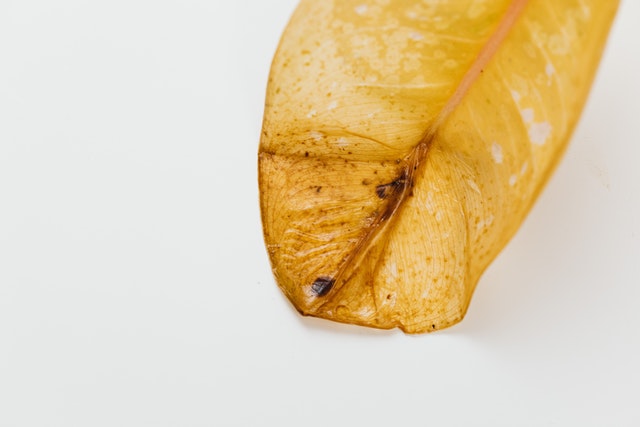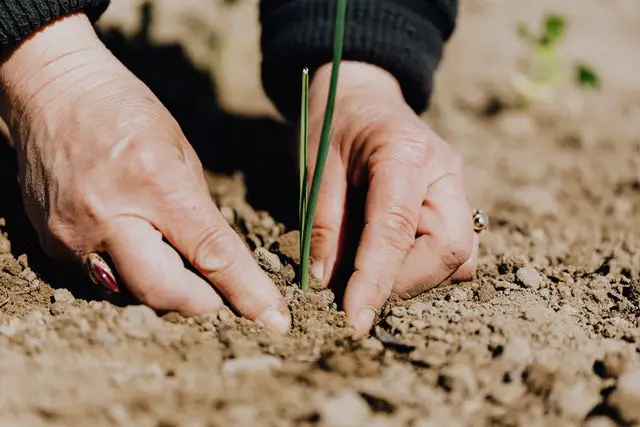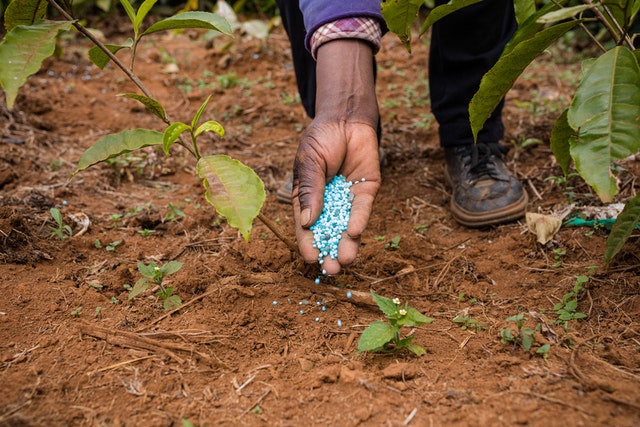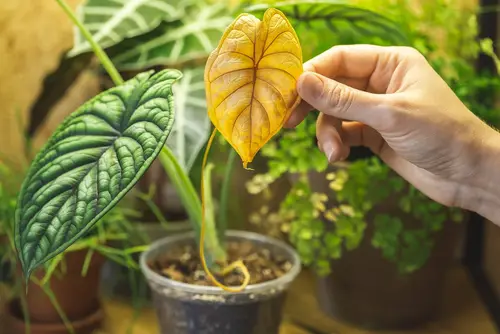Alocasias are immensely popular houseplants and a lot of people are keen to grow them, but as with any plant, things can go wrong and cause Alocasia yellow leaves. Although stunning, Alocasia plants can occasionally be unstable. When they do, there’s a real risk of losing your plant if you don’t identify the cause and solve the problem quickly.
Yellow leaves on an Alocasia can be caused by a wide variety of issues, including things like overwatering, poor soil quality, temperature stress, low humidity, and fertilizer problems. Each of these can be fixed, but you need to take the right approach!
Alocasia Yellow Leaves

If your Alocasia’s leaves are turning yellow, you are going to need to take quick action to save the plant. Do not ignore leaf yellowing, unless you know that the leaf is old and ready to fall off the plant. In this case, leaf yellowing can be natural, but in other situations, it’s likely a sign that something is wrong with your plant.
Many things can cause leaf yellowing in Alocasias, including:
- The wrong amount of water
- Poor soil quality
- Temperature stress
- Low humidity
- The wrong amount of fertilizer
To determine what’s going wrong, there are a few key factors you can check, so let’s explore each of these in more detail.
1) Improper Watering
All plants need the right amount of water, and in many cases, Alocasia yellow leaves are caused by the plant being watered badly. Over-watering is a particularly common issue, because many people know that these plants like to be kept damp. However, dampness does not equate to constant wetness.
If your Alocasia is kept permanently sodden, it will very quickly start to turn yellow. This is because its roots will begin to rot below the soil, and the plant cannot properly absorb moisture or nutrients if its roots are rotting.
You should always check whether your plant needs water before you give it anything to drink. You can do this by inserting a finger into the surface of the soil, and checking whether it is wet or damp. If it’s still wet, don’t give the plant a drink. If it’s only damp, wait another day or two before you give it a drink.
This should prevent the Alocasia from getting over-watered or under-watered, and stop its roots from rotting.
2) Poor Soil Quality

Before you put your Alocasia in a pot, you should find out what sort of soil your particular kind of Alocasia likes. Some prefer to be potted in orchid bark for improved drainage, while others like potting compost. Choose the right growing medium and your plant will be happier, with greener foliage.
Being in the wrong growing medium can contribute to a variety of issues. It will make it harder to water your plant well, and it may deprive your Alocasia of nutrients. SmartGardenGuide points out that soil that is heavy will hold on to water, causing a variety of issues. Loose soil is almost always preferable.
3) Temperature Stress
An Alocasia that is exposed to temperatures below 55 degrees F will quickly start to suffer, and its foliage will turn yellow as a result of the cold. You may see the leaves wilt and become limp because of the chill. Keep your Alocasia in a warm room, away from air conditioners and drafts.
Equally, Alocasias don’t like to be too hot. Keeping them at around 65 degrees F is usually the best solution. If you put your Alocasia in a very hot room, or near a radiator or fireplace, its leaves will quickly start to turn pale. Balance is critical with these rainforest plants.
4) Low Humidity
Alocasias like humidity levels to be above 60 percent, and if they are kept in a dry environment, their leaves will often become brittle and turn yellow. You therefore need to make sure that your plant isn’t getting too dry.
If you see brown tips around the edges of the leaves, as well as yellowing, humidity problems are the most likely cause. You should keep an eye out for these, and if you think the humidity levels are too low, use a plant mister to spray the leaves.
Try to do this in the morning so that the plant can dry out during the day. Too much water overnight can cause fungal issues.
5) Improper Fertilization

You need to make sure that your Alocasia has enough nutrients in its soil if it’s going to produce healthy, green foliage. That means you should fertilize your Alocasia from time to time. Yellow leaves are a clear sign that the plant is hungry.
GardeningKnowHow recommends fertilizing Alocasias with diluted fertilizer every 2 to 4 weeks, but you do need to be careful not to over-fertilize. They are heavy feeders, but too much fertilizer will result in a salt buildup that will burn their roots.
If you think you have fertilized your Alocasia too heavily, you should rinse the soil out with plenty of water and let it drain. This will get rid of the excess salts.
Go to another post: Why Are Staghorn Ferns so Expensive
Summary
Alocasia yellow leaves are a sign that you need to change something about your plant’s environment if you want it to survive. If you see leaf yellowing, check whether your plant’s soil is too wet, or whether you need to feed it, mist it, or move it into a warmer or cooler position.
Frequently Asked Questions
How do you fix yellow leaves on Alocasia?
To fix yellow leaves on your Alocasia, you need to determine what has caused them, and then you can start addressing the issue. For example, if the yellow leaves are the result of a humidity problem, you may be able to fix this by misting the plant more regularly.
As mentioned above, it is critical to figure out what the problem has been caused by before you start trying to solve it. If you try changing things in your Alocasia’s environment without first figuring out what’s wrong, you might make the issue worse and further stress, or even kill, your plant.
Should I cut yellow leaves off Alocasia?
You can cut off fully yellow leaves, but it is best to leave partially yellow or mostly green leaves on the plant until they have finished turning yellow. This is particularly true if your Alocasia is short of other foliage. The yellow leaves will still provide the plant with some food, as they can still photosynthesize to a degree.
However, once a leaf has turned mostly or fully yellow, or if it has been damaged in other ways, you may wish to remove it from your plant so that the plant can produce new foliage. If the Alocasia has lots of other healthy foliage, it’s okay to remove yellow leaves.
Why is my Alocasia going yellow?
The most likely explanation for a yellow Alocasia is that you are either giving it too much water or too little water. Either of these can cause yellowing foliage, because the plant will not be able to get the nutrients it needs to produce and support healthy leaves.
You should always check whether the Alocasia needs a drink before you provide one, and don’t give it more water if it is still damp from the last watering.

Hey, I’m Lisa and I’ve been an avid gardener for over 30 years. I love writing, talking and living in the garden! Feel free to connect with me on my socials below

